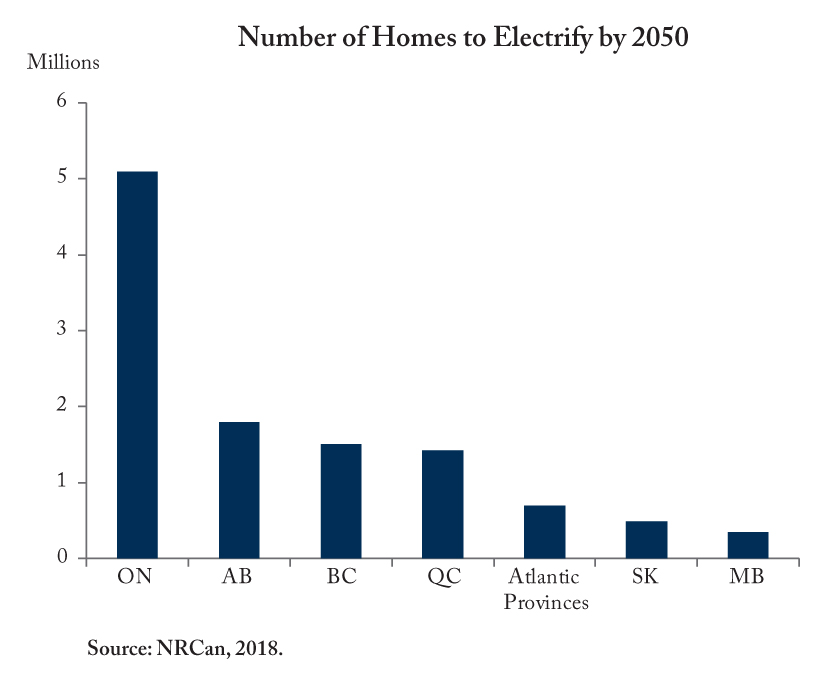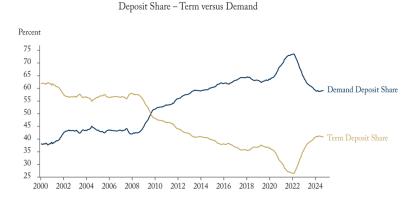Heating, cooling and lighting Canadian buildings takes a lot of energy. In 2019, commercial and residential buildings together were responsible for 25 percent of total energy consumption, more than the entire transportation sector. While this energy keeps people comfortable and goods at the right temperature, it creates greenhouse gas emissions.
The federal government’s 2030 Emissions Reduction Plan, published in March, aims for a 42 percent reduction in building sector emissions from 2019 levels by 2030. It’s worth unpacking this enormous challenge.
Canadians heat their homes very differently across provinces. The choice varies on climate, resource availability and cost, dwelling age and type, availability of natural gas connections, and more. So almost 70 percent of Quebec homes use electricity as their primary heat source, while 92 percent use natural gas in Alberta. Atlantic Canada depends the most on heating oil, at roughly a third of their total stock, while communities in northern Canada burn diesel.
Ontario, where gas predominates, faces the largest challenge with more than 5 million homes to electrify.
For a full discussion, read Charles DeLand and Alexander Vanderhoof’s report.





